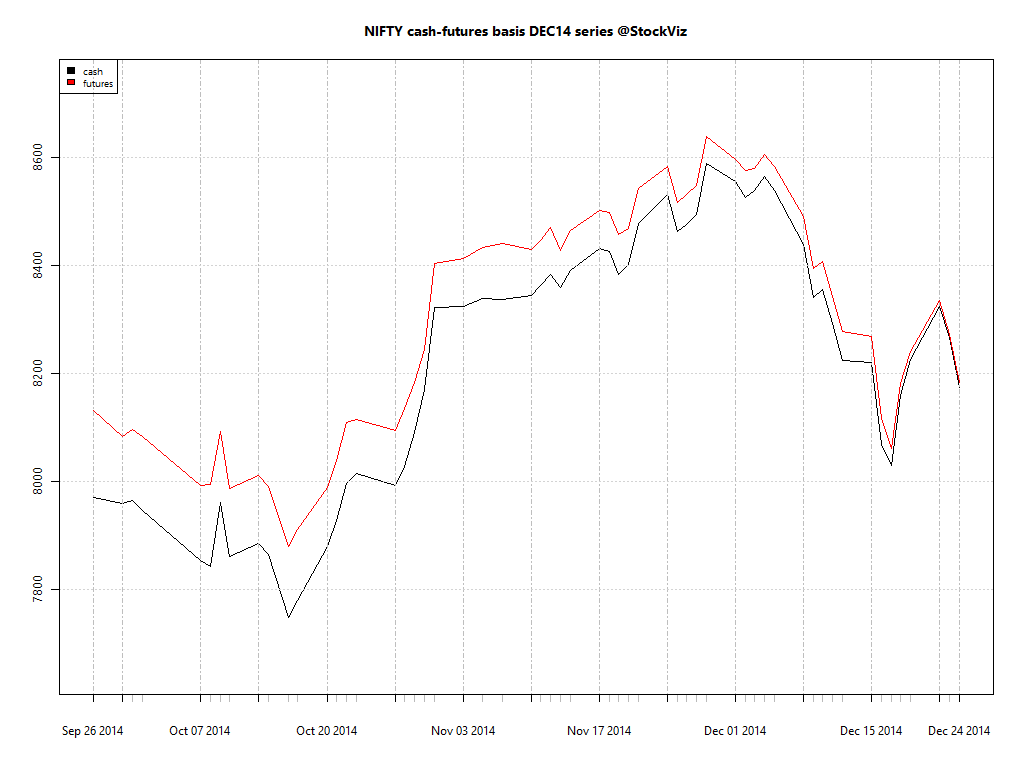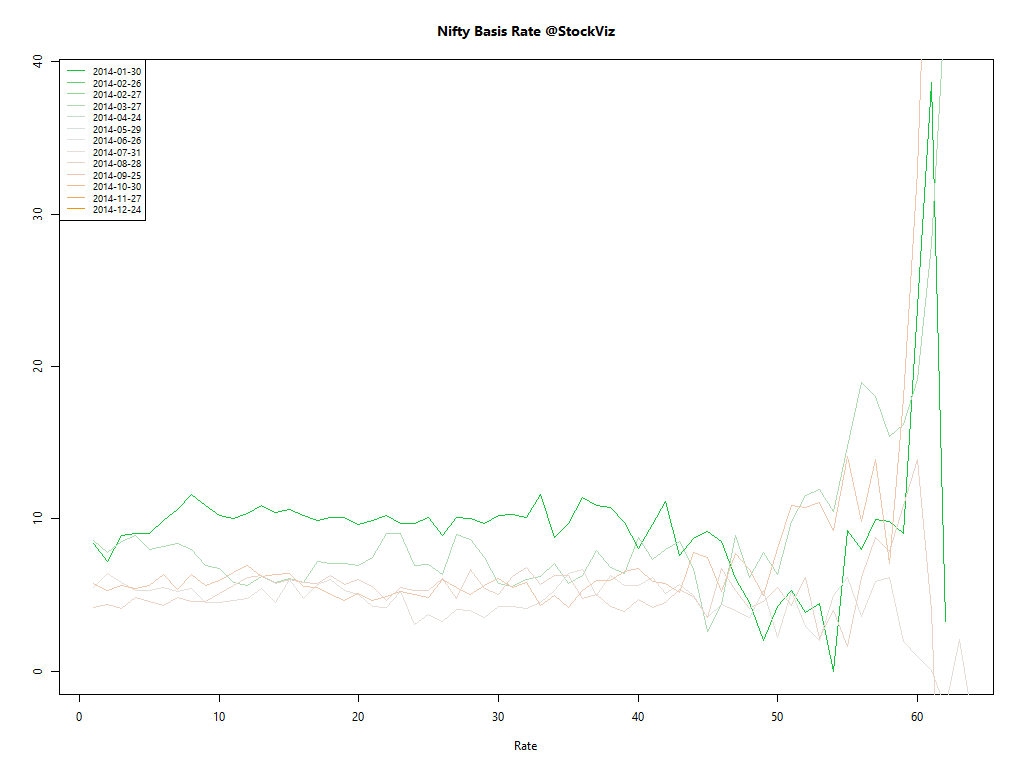Today, we’re going to try to understand the basic of how the mysterious world of stock exchanges work. What are the different types of trading systems? How are the players in the markets? What do some of the commonly used terms mean? Some of the content below is referenced from the book ‘An Introduction to Global Financial Markets’ by Stephen Valdez.
Stock exchange systems
Usually, systems in stock exchanges cover one of these patterns –Order-driver systems, Quote-driven systems or a mixture of the two.
Order-driven systems
In Order-driven systems, an intermediary, called a broker matches buy and sell orders at a given price. The broker takes no risk in that shares will not be bought or sold unless there is counterparty with the equivalent deal on the other side and only charges commission. Earlier, this activity tool place on a physical floor with the broker for a given share surrounded by others shouting out buys and sells orders. The broker then matched the orders and declared an official price. Nowadays, computer systems are used, at least for the major shares.

Orders are entered with a price limit, for example a buyer is prepared to buy 500 shares up to a price limit of $154 or a seller will sell 400 shares but at a price no lower than $151. Some enter an order to be filled at ‘market price’. Before the market opens, these orders are fed into the system. When the market opens, the computer calculates the opening price at which the largest number of bids and offers can be matched. All the orders at the market price are filled as far as possible. Unfulfilled orders are carried forward. During market hours, trading takes place on a continuous basis and the arrival of a new order will trigger a match if matching orders exist on the centralized book. An in-depth display of data of a given security is given at the same time.
Quote-driven systems
In quote-driven systems there is someone called a market maker. They continuously quote bid and offer prices at which they will buy and sell shares. The difference between the two is the spread, which is their profit margin. The systems are therefore quotation driven and market makers can change the quotations whenever they wish. The main quotation driven systems are NASDAQ (in the US) and London’s SEAQ (Stock Exchange Automated Quotations).
We have seen two types of traders – the broker and the market maker. Brokers approach market makers on behalf of their clients and either buy shares from them or sell shares to them. They make a living by charging commission and no risk is involved. Sometimes, a broker may match buy/sell orders from a client if the price is better than that available from a market maker. This leads to the term broker-dealer. Large clients like investment institutions don’t have to use a broker but may approach a market maker directly.
Stock borrowing and lending
A dealer may sell shares they don’t have at the moment, i.e. going ‘short’. Instead of buying the stock prior to settlement, they borrow it from institutions that are willing to lend for a commission. Typically, the stock is paid for and the money returned when the dealer actually buys the stock in the open market and returns it to the institution. The process greatly assists the liquidity of the market. On the other hand, institutions also need to fund their ‘long’ positions. One way to fund them is to lend stock not needed and take the money to help fund other positions.
Thus stock lending may be done by institutions merely to enhance income or by dealers as a means of financing their positions.
Settlement
Settlement if the process of paying money and receiving stock or receiving money and delivering the stock, basically ‘making good’ on the original transaction. If the stock cannot be delivered without money being credited to pay for it, this is called ‘Delivery Versus Payment’ (DVP) and is the ideal. Usually settlements are ‘rolling settlements’, for example, rolling 3 working day settlement. This means that a deal on Monday must be settled on Thursday. This is called ‘T+3’, i.e. ‘Trade Date + 3’.
Second markets
It is quite common to have a ‘second market’ for shares that do not fulfill all the requirements for a full official listing. In addition, there may be an active ‘Over the Counter’ (OTC) market, for instance, the huge NASDAQ market in the US.
Stock market analysis
Analysts often need to estimate the ‘fair price’ for a company’s stock. Often, this price is simply how much the market is willing to pay for the stock. There are two rewards for buying a share – dividends and an increase in share price. Both of these depend on profits, so analysts determine how the price per share of comparable companies compares to the profit per share. This relationship of the share price to profit is the Price/Earnings or P/E Ratio. Sometimes analysts look at the P/E for the whole stock market and compare this with historical values to see if the market is overpriced or not. Analysts also look at earnings per share and use this as a measure of the firm’s performance.
This is a high-level bird’s eye view of stock markets! Next week we tackle the complicated world of foreign exchange and international trading.
[stockquote]SHALPAINTS[/stockquote]















